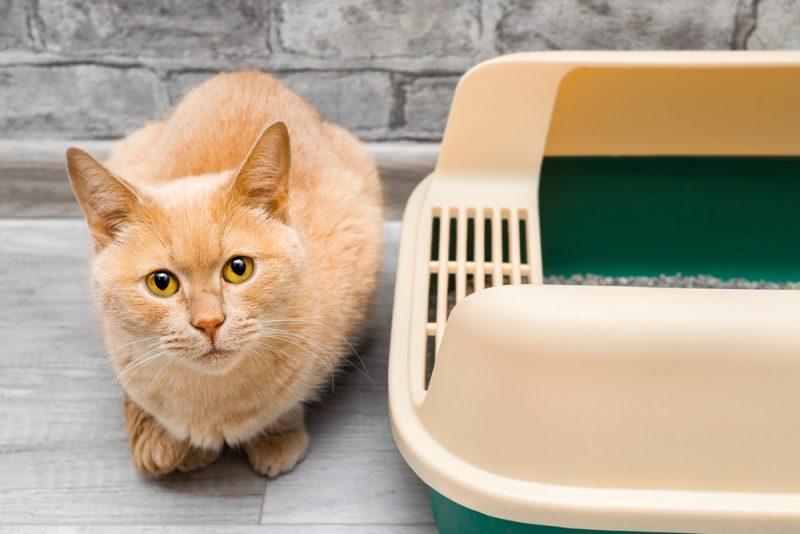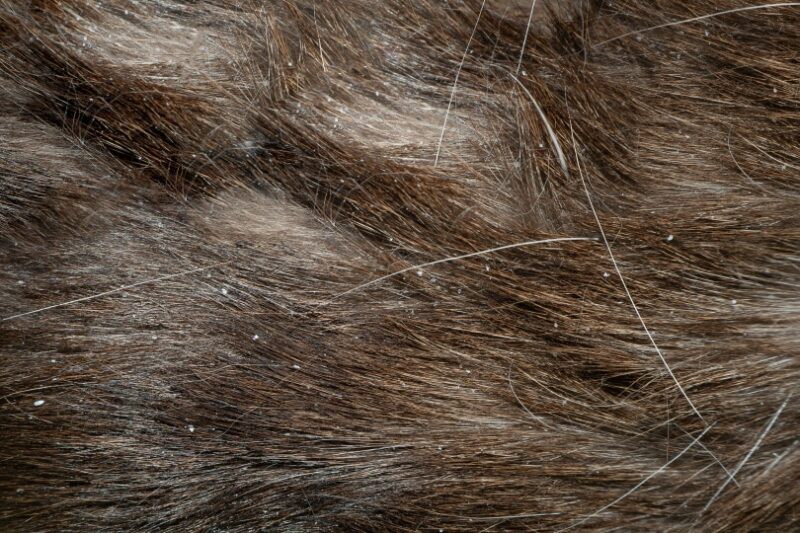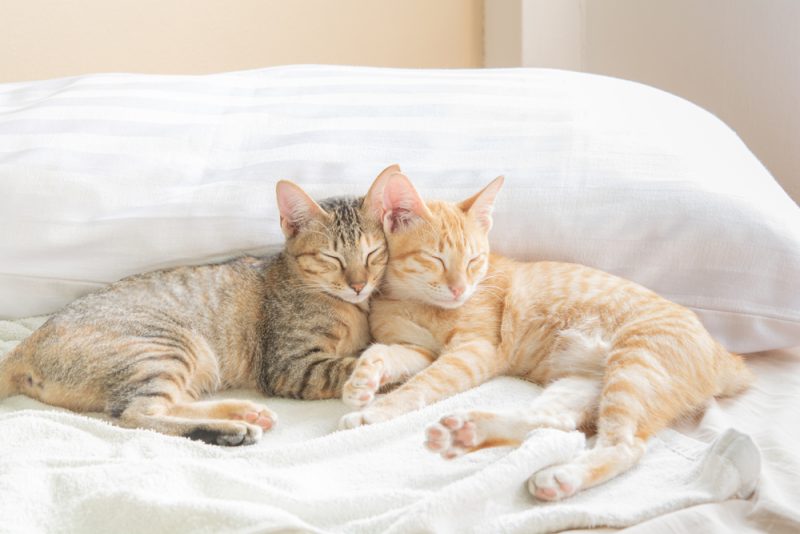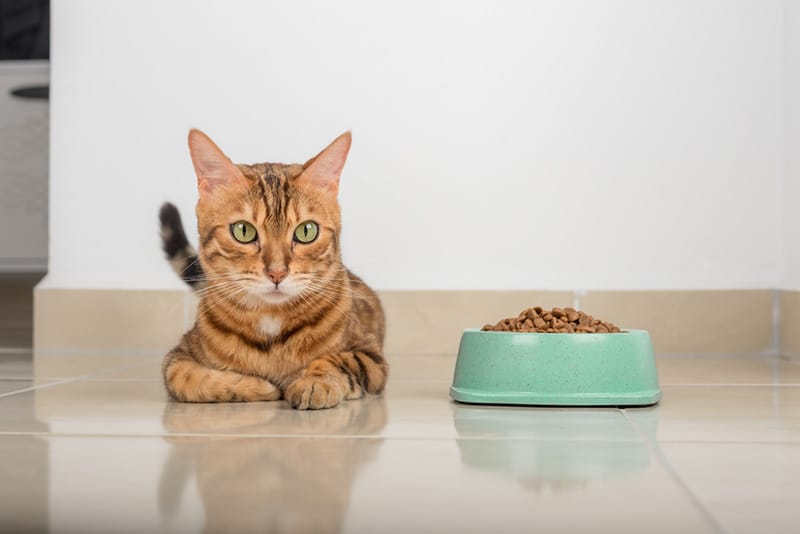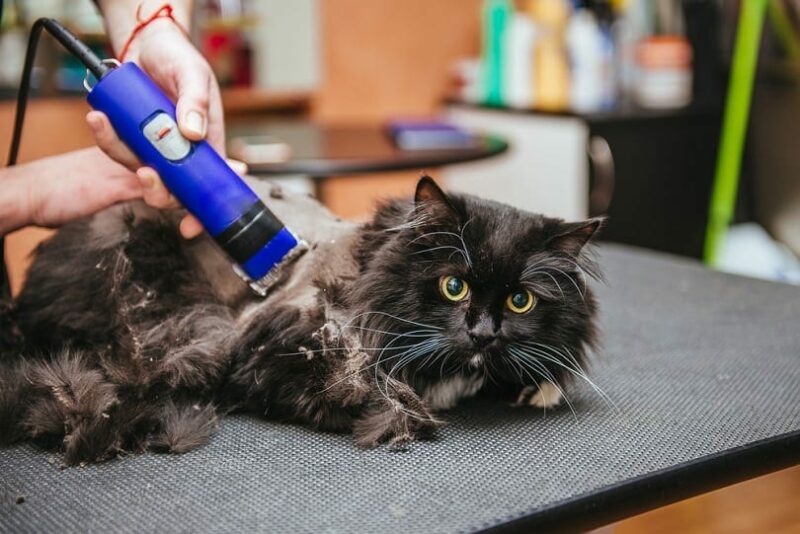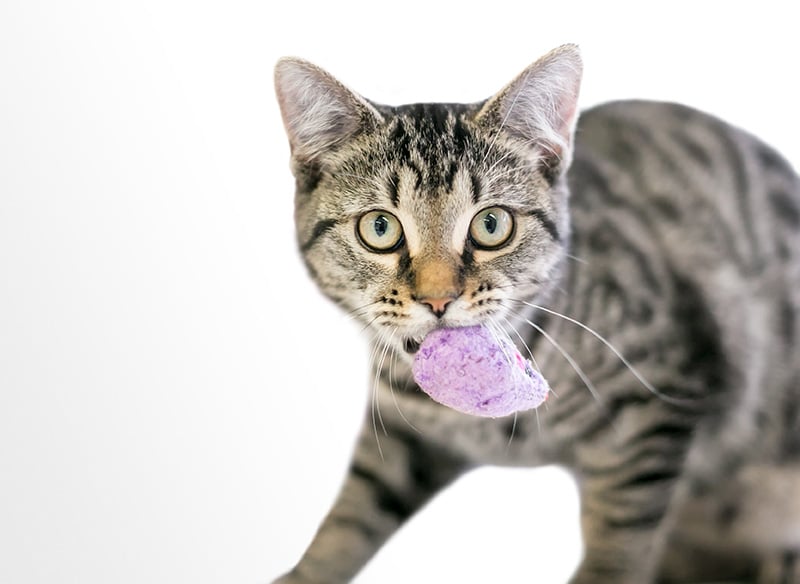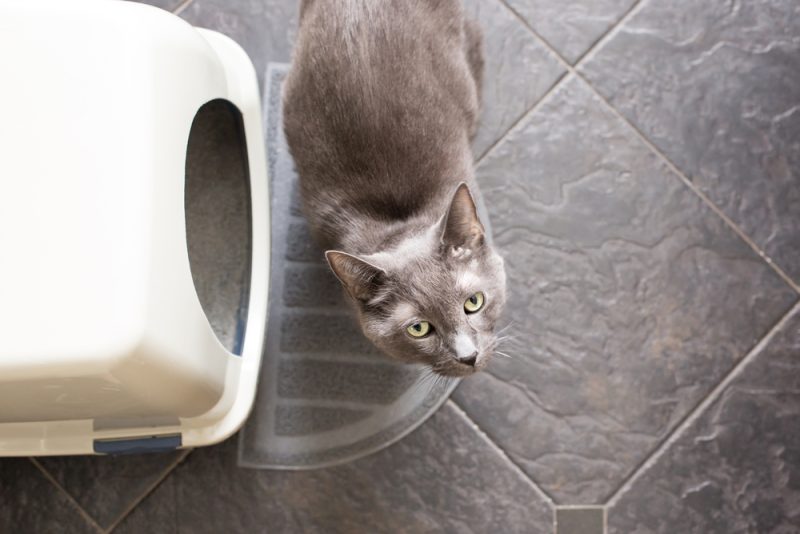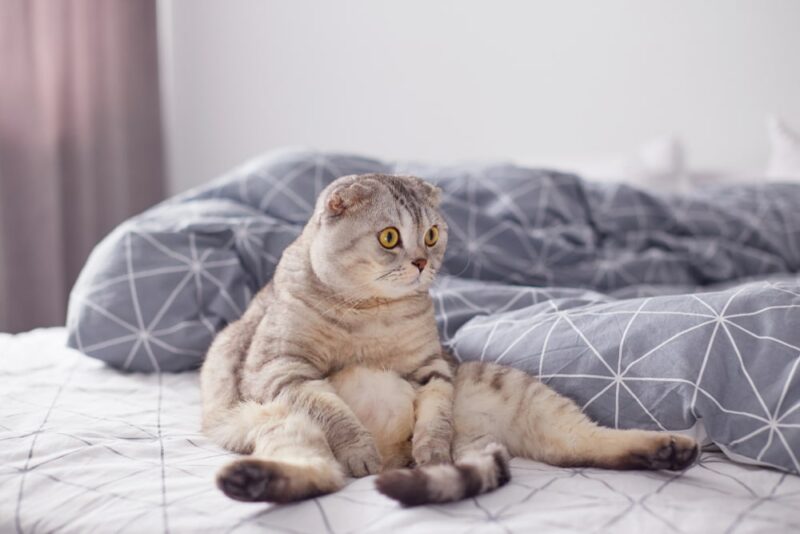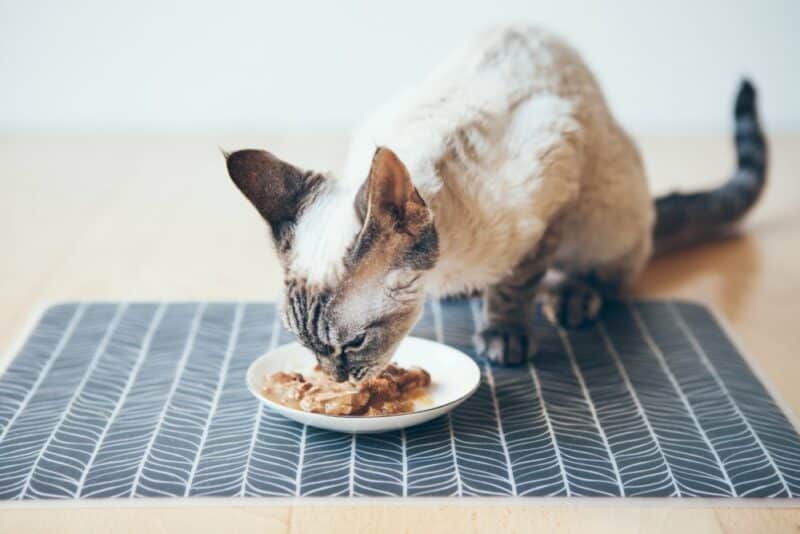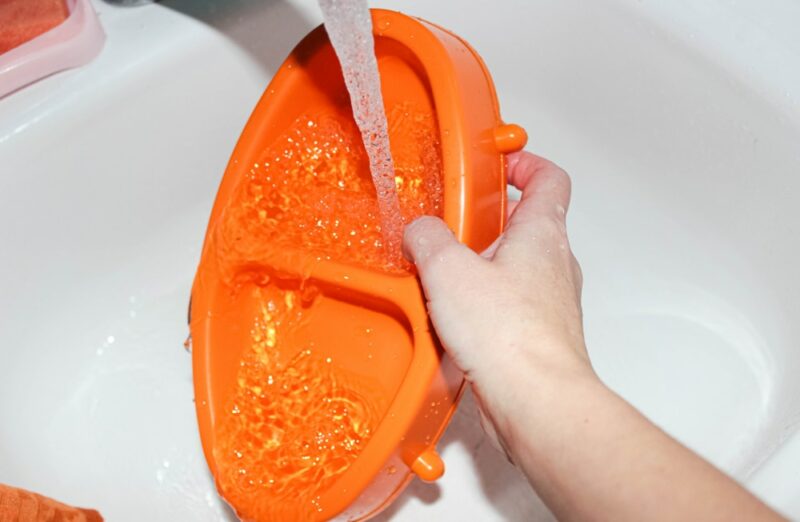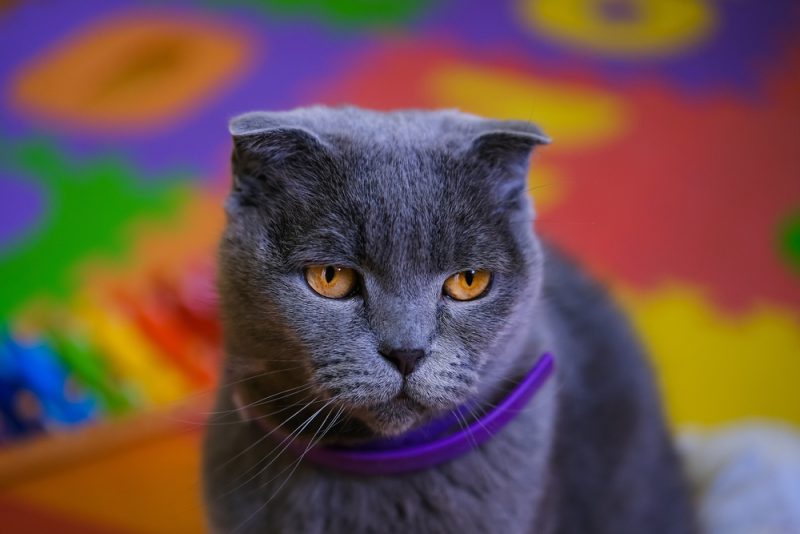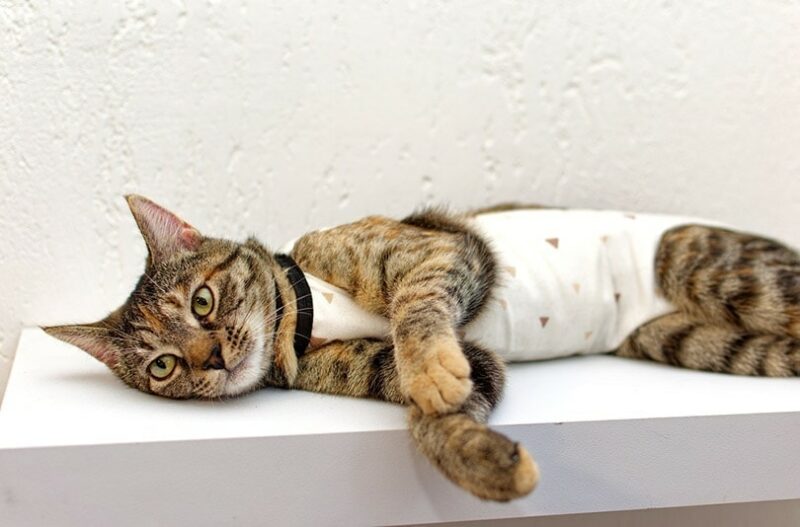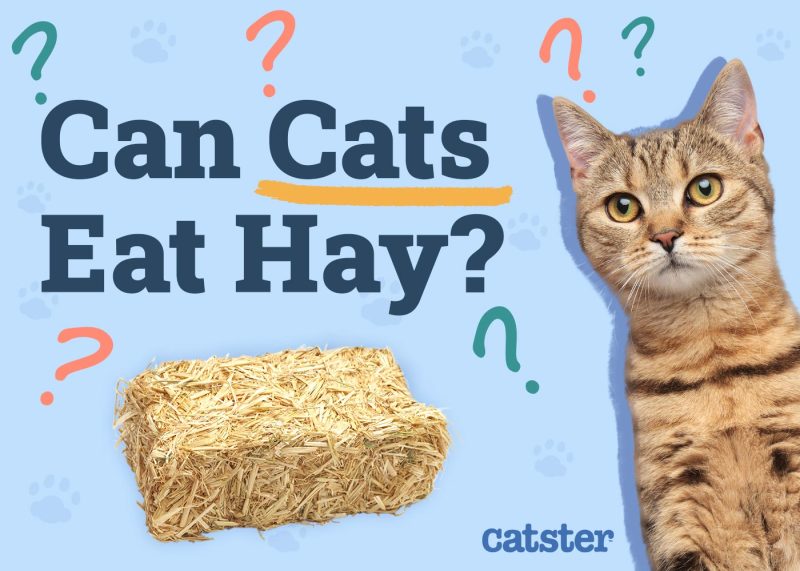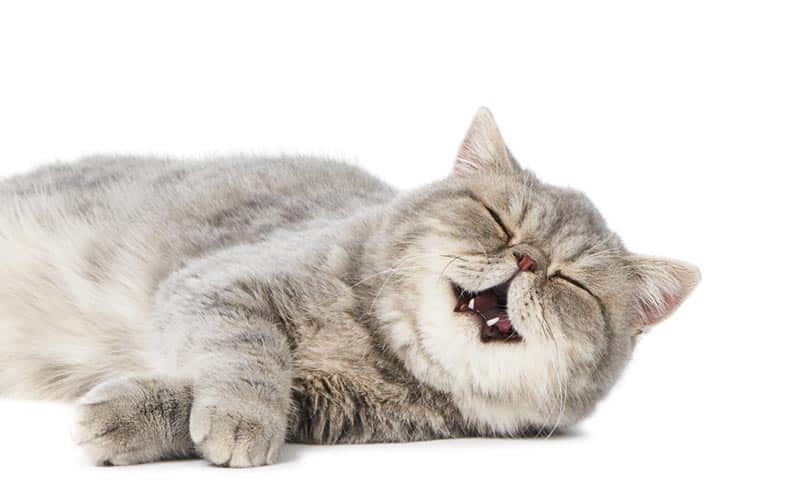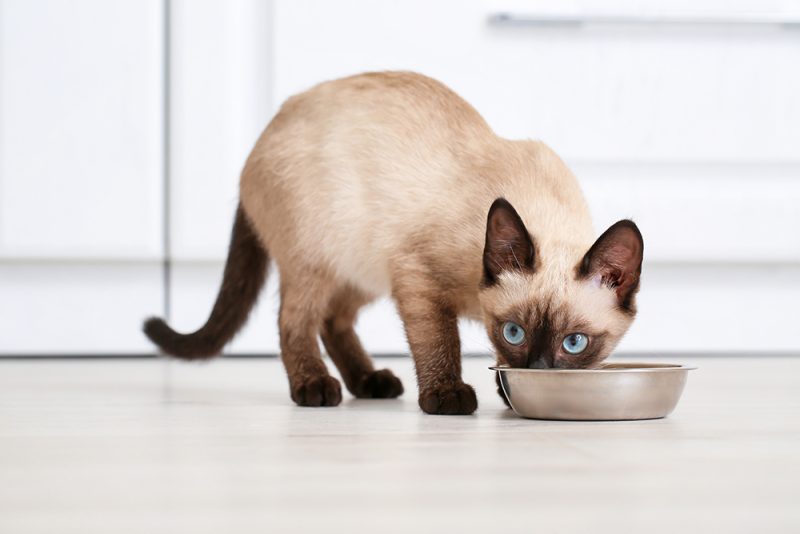Since her debut in 1974, Sanrio’s Hello Kitty has been a beloved character among children and adults alike. You can see the white cat with her charming red bow all over merchandise like clothing, bags, bedding, lunch boxes, board games, stickers, and even high-end guitars.
You probably owned some Hello Kitty merch at one point, but do you know who she really is? What animal is Hello Kitty? Hello Kitty is not a cat but not exactly a human. More specifically, she is a gijinka, an anthropomorphized representation of a Japanese Bobtail cat.

Is Hello Kitty a Human?
So, is Hello Kitty a human then? It’s complicated. Anthropomorphism is when human characteristics or behaviors are attributed to a god, animal, or object. In this case, the image of a cat is given the characteristics of a young human girl who wears clothing, goes to school, and has hobbies.
Hello Kitty is modeled after the Japanese Bobtail but doesn’t walk on all fours or behave like a cat. She’s a little English girl, but she’s not quite human, just the personification of an animal.
According to a Sanrio PR representative, Hello Kitty is similar to Mickey Mouse. He doesn’t behave like a mouse, but you wouldn’t call him human, either. The same is true of other famous anthropomorphized animals, such as Minnie Mouse, Daffy Duck, Goofy, Alvin and the Chipmunks, and more.
So, Who Is Hello Kitty?
According to the character profile, Hello Kitty’s full name is Kitty White (Kiti Howaito). She was born in the suburbs of London, England, on November 1. She’s portrayed as a bright and kind girl with a strong bond to her twin sister Mimmy. Her hobbies include baking cookies, playing piano, and collecting cute things.
Kitty excels in English, music, and art in school. She spends a lot of time with her animal friends, including a raccoon named Tracy, a squirrel named Rorry, and mice named Joey and Judy.
Hello Kitty Legacy
Whether you envision Hello Kitty as a cat or a little girl, one thing’s for certain: she’s a cultural icon. Ubiquitous in the 90s and aughts, Hello Kitty has graced famous art installations like the Barneys New York Christmas display and the Lever House, been a motif for brands like Dr. Martens and Converse, and even earned a parody on Saturday Night Live.
As a global marketing phenomenon, Hello Kitty was worth about $8 billion in 2014 with over 50,000 branded products. She’s a UNICEF ambassador and an ambassador of tourism in Japan, lending her image to multiple Sanrio theme parks.

Is Hello Kitty a Human or a Cat? Verdict: Both
Hello Kitty is not quite a cat, walking on all fours and lapping up a saucer of milk, but not quite a human little girl, either. She’s a cartoon character with elements of both, perpetually attending the third grade, spending time with animals, and representing quintessential childhood. At least, that’s the way Japanese people viewed it in the 1970s, and that’s the symbol that remains today.
Featured Image Credit: Amanda_lxx, Shutterstock


